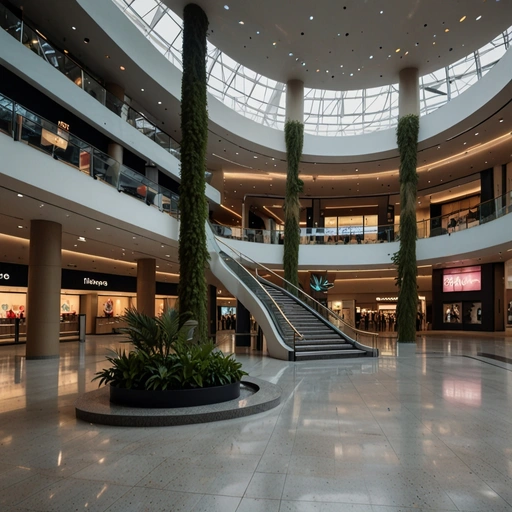A mall project feasibility study is a vital document for assessing the project’s potential for success in a competitive market full of opportunities and challenges. The study addresses the criteria according to which the site must be chosen to ensure the flow of the target audience. It also analyzes the needs of potential customers and their purchasing behaviors, in addition to studying competitors and evaluating their strengths and weaknesses. The study does not neglect to divide the project’s spaces and state its facilities and designated areas such as shops, cafes, restaurants, cinemas, games, as well as parking lots, event areas, exhibitions, and others. To ensure the sustainability of the project, the study details the initial and operational costs, then shows the sources of revenue, the rate of return on investment, the break-even point, and the payback period. The study takes into account the marketing strategy of the mall and explains the mechanism through which the audience can be attracted, such as using social media, sponsored advertisements, and marketing through influencers. In addition to how promotional events are organized and global brands are attracted.

A shopping center project is a comprehensive destination for shopping and entertainment, offering an exceptional experience that blends modernity and variety to meet the needs of customers with diverse interests. The center is strategically located for easy access, ensuring a continuous flow of visitors, including families and individuals, making it a major attraction for both local and international brands. The project features a wide range of stores specializing in fashion, electronics, home supplies, and cosmetics, alongside a dining and café area. It also boasts modern entertainment facilities, such as cinema halls, family gaming zones, and spaces for events and promotional activities, enhancing its position as a leading destination for shopping and entertainment. To ensure visitor comfort, the center offers advanced amenities, including spacious parking, smart crowd management systems, and premium services like information desks and personal assistance. The project is built with contemporary architecture, combining aesthetics and functionality, with open spaces and natural lighting to satisfy all visitors. <br>



Executive Summary
Study of project services/products
Market Size Study
Risk assessment study.
Technical study
Financial study.
Organizational and administrative study.

The service sector does not rely on raw materials or goods for sale; rather, its activities are centered around providing intangible services. Like this: Transportation services, hospitality services, healthcare services, and others. This sector is considered the main driver of major economies; for example, in the United States, the service sector accounts for 85% of the GDP. As for the service sector in Saudi Arabia, statistics and indicators confirm its contribution of about 48.02% to the GDP. This vital sector includes five main activities. Namely:
The Gross Domestic Product (GDP) in Saudi Arabia reached 2,625,442 million SAR, with the “Wholesale and retail trade, restaurants, and hotels” sector contributing approximately 10.8% (284,579 million SAR).
Contributes approximately 6.6% (172,304 million SAR).
The Financial, Insurance, Real Estate, and Business Services sector contributes approximately 6.4% (SAR 377,725 million) to the Gross Domestic Product (GDP).
This sector contributes approximately 2.5% (SAR 65,729 million) to the Gross Domestic Product (GDP).
It contributes 21.9% (SAR 576,089 million) to the Gross Domestic Product (GDP).
